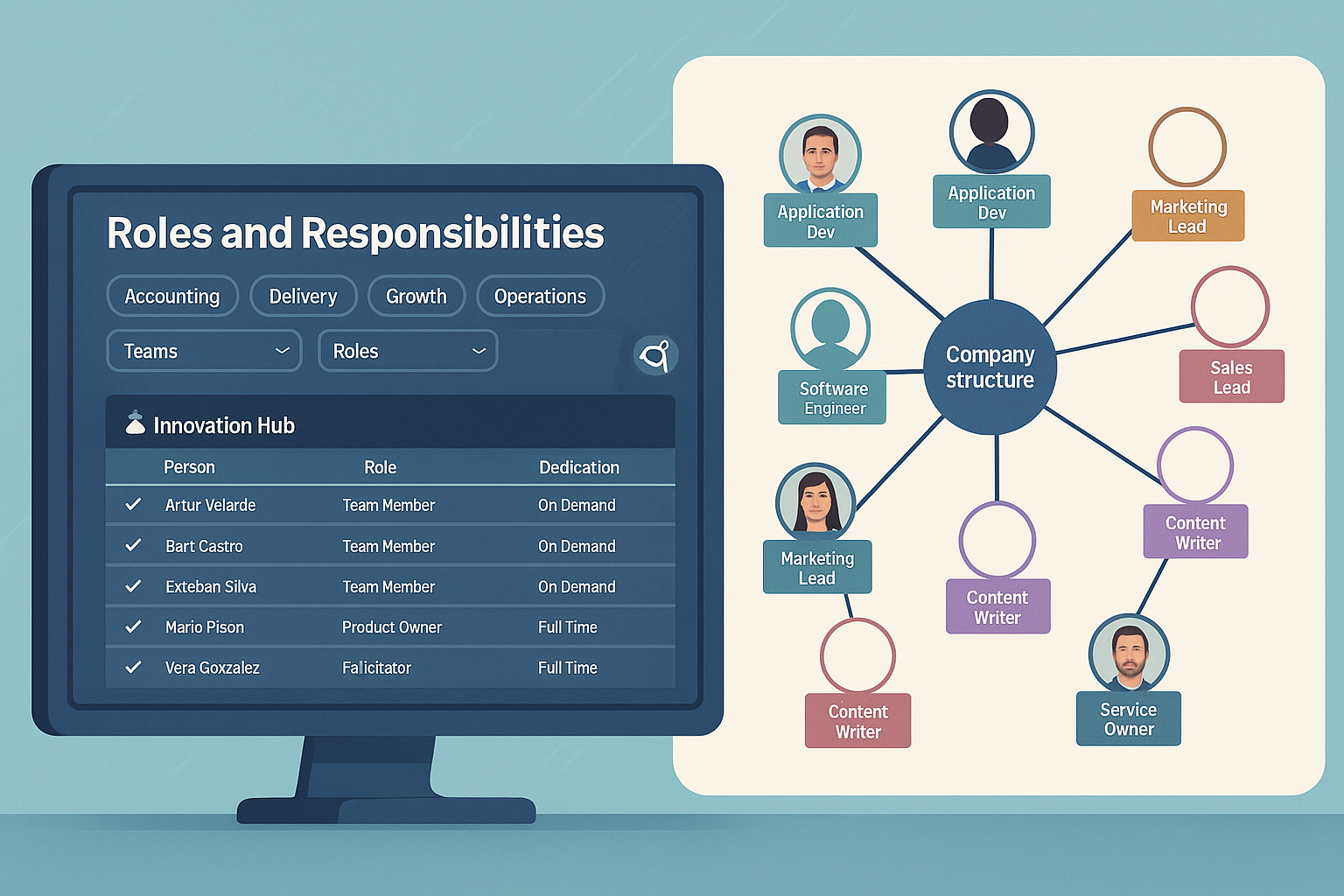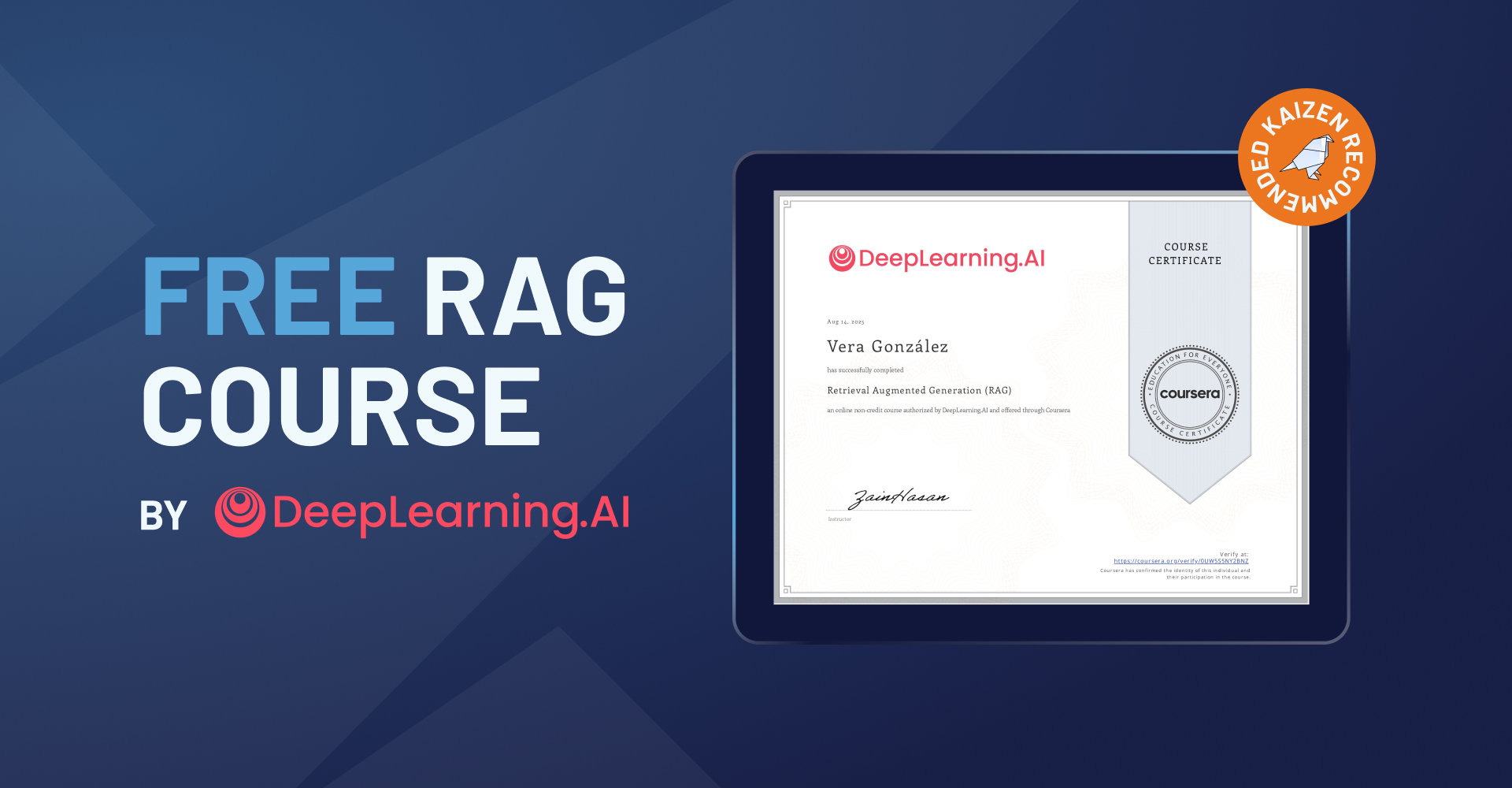Large Language Models (LLMs) are powerful, but they come with two big limitations:
- They don’t always have the most up-to-date knowledge.
- They can only remember what fits in their context window.
Retrieval-Augmented Generation (RAG) solves this by connecting your LLM to an external knowledge base and retrieving relevant context before generating a response. (And yes… RAG also means “rag”, but here it’s definitely more high-tech than something you use to clean the kitchen 🧽).
1. What is RAG and how does it work?
Think of RAG as an assistant that searches first, then answers.
- The user sends a prompt.
- The system retrieves relevant information from a database.
- That information is added to the original prompt.
- The LLM generates the final answer.
Example: An HR chatbot could first retrieve the latest company policy document before answering questions about vacation days.
2. Retrieval techniques you can try
When it comes to finding the right information for your LLM, there are several approaches, each with its own strengths.
The most straightforward one is Keyword Search, where the system looks for exact or partial word matches in the text. This is simple, fast, and effective when you know the exact terminology to look for. For example, using BM25, you could pinpoint the exact paragraph in a technical manual that matches a user’s query.
Then there’s Semantic Search with Embeddings, which goes beyond exact matches to find text with the same meaning, even when the wording is different. This is particularly useful for cases like retrieving answers about “sick leave” even if the document calls it “medical absence.” By understanding synonyms and related concepts, semantic search adds a powerful layer of flexibility.
Finally, you can combine the best of both worlds with Hybrid Search. In this approach, the system runs both a keyword-based search (like BM25) and a semantic search (using embeddings) in parallel.
The results from each are then merged and re-ranked, often using techniques like Reciprocal Rank Fusion, so that documents highly ranked by either method can appear at the top.
This way, you capture exact matches for critical terms while also retrieving contextually relevant content that may be worded differently, making it especially powerful for cases like technical FAQs where precision and broader understanding both matter.
3. Improving your results
Even with a good retrieval strategy, not all results are equally useful. That’s where optimization techniques come in.
One of them is re-ranking with specialized models, such as cross-encoders. Instead of scoring the query and each document separately, cross-encoders process them together, allowing the model to understand fine-grained context and relationships between words. This produces more accurate relevance scores, ensuring the most useful documents appear first, even if they don’t share many exact keywords with the query.
Another useful approach is Metadata Filtering. By filtering results according to attributes like date, category, or document type, you can eliminate outdated or irrelevant information. Imagine narrowing your search to documents updated in the last six months – it’s a simple step that can drastically improve the quality of the information your system uses.
4. Preparing your data: the art of chunking
LLMs can’t process huge documents all at once. Chunking means splitting them into smaller pieces.
For example: Split a 100-page manual into 500-word sections with 10% overlap to ensure no important context gets lost.
Benefit: Improves retrieval relevance and accuracy.
5. Measure your performance
You can’t improve what you don’t measure.
Here’s two key metrics for RAG:
- MAP (Mean Average Precision): How well relevant documents are ranked.
- MRR (Mean Reciprocal Rank): How high the first relevant document appears.
Impact example: After optimizing, relevant documents moved from position #5 to #2, reducing search time for users.
6. What’s next for us at Kaizen?
The most exciting part is putting this knowledge into action.
We see immediate opportunities to:
- Boost the performance of chatbots for clients and internal tools.
- Experiment with hybrid retrieval to improve accuracy.
- Apply chunking strategies to make better use of large document sets.
Because in the end, whether it’s a rag for cleaning or RAG for AI, it’s all about wiping away the mess and delivering sharper results. 😉




